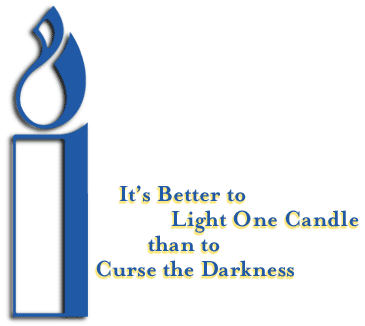Tony Rossi, Director of Communications
November 7, 2021
Wheels of Courage
It’s not uncommon today to see people in wheelchairs living happy, fulfilling lives, albeit with
numerous challenges. But that was not the case after World War I, when many soldiers incurred injuries
that left them paralyzed. In fact, becoming paralyzed at the time was largely considered to be a death
sentence, due more to infections that would set in than the actual injury. Those who survived were faced
with a society biased against them. That began to change in the World War II era because of innovative doctors who created medical advances that gave injured veterans a second chance at life. Author David Davis tells this story in his Christopher Award-winning book, “Wheels of Courage: How Paralyzed Veterans from World War II Invented Wheelchair Sports, Fought for Disability Rights, and Inspired a Nation.” We discussed it recently on “Christopher Closeup.”
Davis notes that paralyzed soldiers ended up in VA hospitals in the U.S., where they were left asking questions, such as “Can I get married? Can I hold down a job?” With the creation of penicillin to fight infections, doctors and physical therapists realized these men were likely to live normal lifespans and needed to be prepared for the future. Davis said, “What [the doctors] did was...holistic care of the mind and the body. There were physical exercises to strengthen, particularly, the upper body, arms, shoulders, neck, core muscles…It was very much a psychological aspect [too] in the sense, here are these young men…and they’ve lost the use of their legs. That was...a huge psychological blow…Recreation and sports, I think, was a crucial element for many of the men…This is part of energizing someone to go, ‘I’m not going to sit in bed for the rest of my life. I’m going to get up and make something of my life.’”
Thankfully, wheelchairs that were lighter and easier to maneuver than the old-fashioned ones were created, giving paralyzed veterans greater mobility. And Davis points out an important point about the phrase “confined” to a wheelchair. He said, “Early on, people would tell me, that is a misnomer. The wheelchair is liberating, it’s freedom. These veterans [could say], ‘I can wheel myself to a car, to a basketball court and play basketball.’ So for them, it was something to embrace.”
At first, the veterans played wheelchair basketball among themselves, giving them a greater level of confidence as to what they could accomplish. Eventually, they also played in public exhibitions, giving the average citizen the chance to see they could be tough, rather than helpless or worthy of pity. There were also companies that stepped up to help the vets make a living, companies such as Bulova, which gave veterans vocational training on how to make and repair watches. As time passed, wheelchair athletics became more widespread, leading to the creation of the Paralympic Games. One of the people who helped elevate the games in the public’s consciousness was Pope John XXIII. His meeting with the Games’ organizer, Dr. Ludwig Guttman, and some of the athletes made news around the world, elevating the disabled in the public’s mind.
In the end, “Wheels of Courage” is about people who met a challenge and took the initiative to make things better. And today, it should be noted that curb cutouts, ramps, kneeling buses, handicap parking, and other elements of modern life that accommodate people with disabilities are legacies of the movement begun by the World War II veterans and doctors that Davis writes about.

